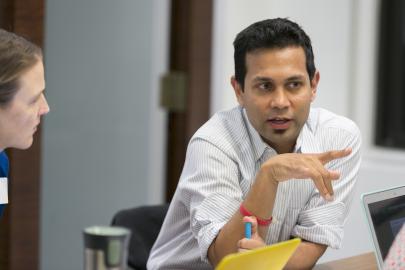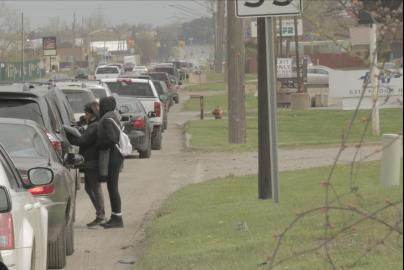
How MƒA inspired Rayhan Ahmed to take students to Flint, Michigan and bring project-based learning to a new level.
Soon after MƒA Master Teacher Rayhan Ahmed began teaching chemistry at his new school, Gotham Professional Arts Academy in Crown Heights, Brooklyn, in 2018, he took part in a MƒA Professional Learning Team (PLT) called Science and Civics. Having taught project-based learning for more than 15 years by that time, Ahmed was already an experienced educator, but the course, which became part of his MƒA fellowship experience, posed an exciting new challenge: How could he teach his students not only to be better scientists, but better people?
“It’s important that students understand key concepts in chemistry, that they work well in teams, that they’re good critical thinkers and problem solvers, that they’re self-directed and take ownership of their work,” Ahmed says. “And it’s also important that we educate kids to be good citizens, and to stand up for things that are right.”
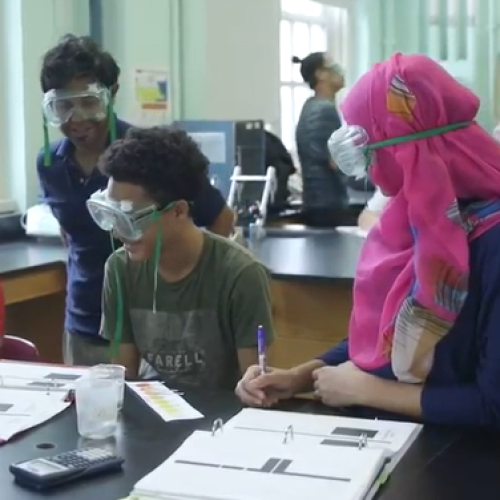
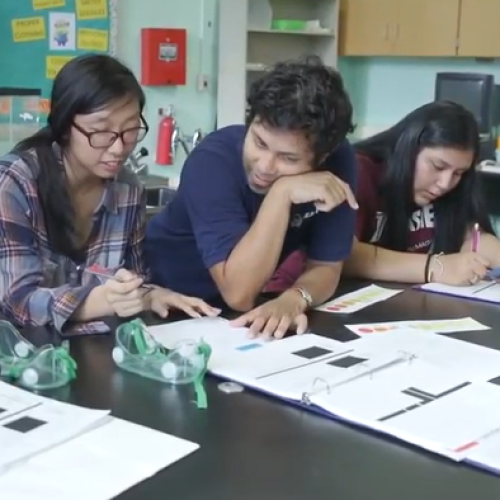
At his previous school, Leaders High School in Gravesend, Ahmed had created a project for his students that focused on the water crisis in Flint, Michigan, and its ongoing effects on the city’s residents. He considered it a pretty successful project, as his student scientists explored the impact of environmental racism and came up with some novel findings about how to reduce lead levels in the water. Now, his experience in the Science and Civics PLT sparked the idea of expanding the Flint project, and actually bringing his students to Michigan to deliver clean water and share their scientific findings with local residents and leaders there.
When Ahmed first proposed the trip, he encountered some resistance to the idea of taking kids out of Brooklyn (many for the first time in their lives) to a completely new environment. However, his principal supported him and he also drew on encouragement within the MƒA community to forge ahead with the idea. “The teachers in the PLT, and teachers at MƒA in general, are candid and clear with their critiques, but they’re also very supportive and warm and helpful and kind,” Ahmed says. “That motivated me to continue, despite some initial challenges.”
"It’s important that students understand key concepts in chemistry, that they work well in teams, that they’re good critical thinkers and problem solvers, that they’re self-directed and take ownership of their work. It’s also important that we educate kids to be good citizens, and to stand up for things that are right."
In the fall of 2019, Ahmed boarded a bus along with two other teachers and 50 Gotham students (the entire 11th grade) for the 12-hour drive to Flint. Over the next three days, in addition to delivering a cache of clean water to local residents, the students volunteered at a local church, handing out food, clothing, and toiletries. They became photojournalists, interviewing people in the city to talk about how the crisis had affected them. Finally, the students presented their project, “The Most Effective Corrosion Inhibitor: Reducing Lead Levels in Flint,” to scientists and city officials in Flint.
As Ahmed watched, his students — even those who were typically timid — stepped up to the challenge of being in an unfamiliar place, meeting with people outside the classroom, and talking about their work as scientists. “The kids learned a lot about themselves,” he recalls. “How kind they are, how resourceful they can be, and how they can figure things out on their own.”
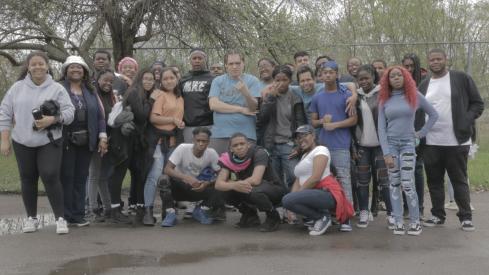
The experience in Flint had lasting impacts, galvanizing the students and instilling them with confidence in their work and themselves. Back in Brooklyn, Ahmed saw an improvement in the quality of his students’ work, including class discussions and projects, oral presentations, and final exams.
With the arrival of the COVID-19 pandemic, one student who had been on the trip proposed starting a remote tutoring program between Brooklyn students and elementary school students in Flint. Ahmed later saw many of his students take a more active part in standing up against racism and other injustices in response to George Floyd’s murder. “Our kids have become more engaged in issues that impact the community,” Ahmed says. “In addition, they feel that they can contend, and that they have autonomy and agency to make a difference.”
Guided by his experience at MƒA, Ahmed also worked to share what he had experienced with his colleagues. He produced a “Field Guide” outlining the tools that teachers need to organize similar projects, ranging from scripts, protocols, and practices for students to engage with outside experts to nuts-and-bolts planning tools such as budget templates, agendas, travel invoices, and room assignment recommendations. Ahmed also included a “Learning Journal,” which provided prompts for students to reflect on their experience, including their personal growth and thoughts about their future academic and professional career.
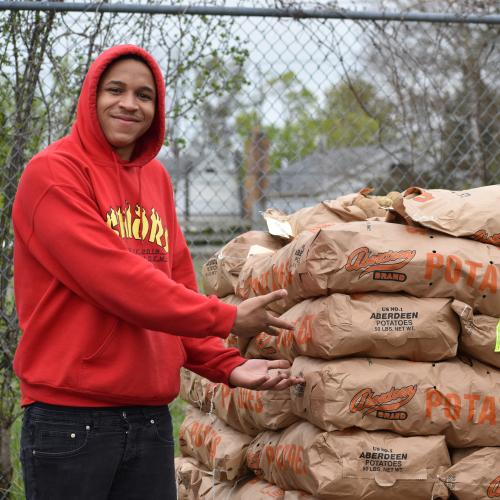
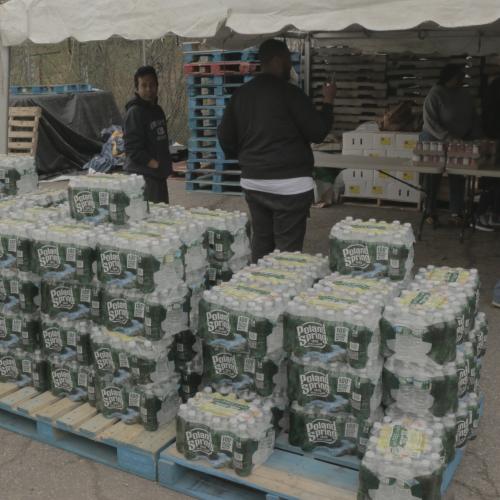
“My colleagues were reluctant to go out and use the city as a major resource for learning and student engagement, and were also nervous about taking students to engage in real-world active research outside of New York,” Ahmed recalls. “I think the Field Guide gives people a foundation, a structure, to build the types of experiences kids need, as well as the tools they need to settle their anxiety and allow them to hit the ground running.”
In recent months, Ahmed has used the trip to Flint as a template for other projects, including a trip with students to Ursinus College for a unit on hydraulic fracturing, or “fracking.” He had more teacher volunteers than he needed for that trip, which he took as a sign that his message was getting through to his colleagues.
In addition to inspiring him to bring his project-based teaching to the next level, being part of MƒA has enabled Ahmed to continue learning and growing as a teacher. It also provides him with the support and encouragement to take on new challenges — and to create a similarly supportive and nurturing environment for his students. “I'm really grateful to MƒA for building that sense of community, where it's safe, where they challenge and support you,” he says. “It's the kind of community that I want to build here, and that I want my students to have.”
